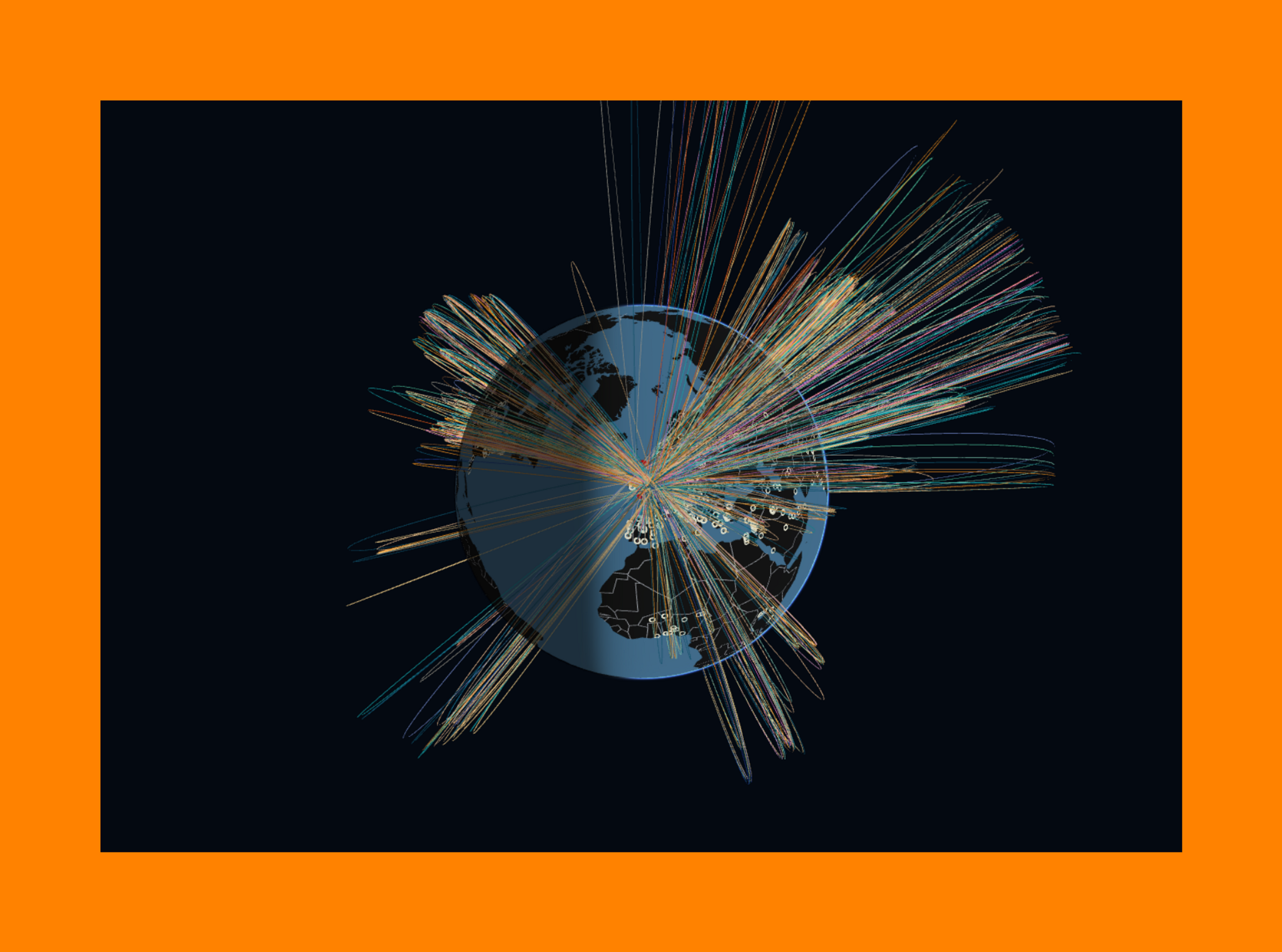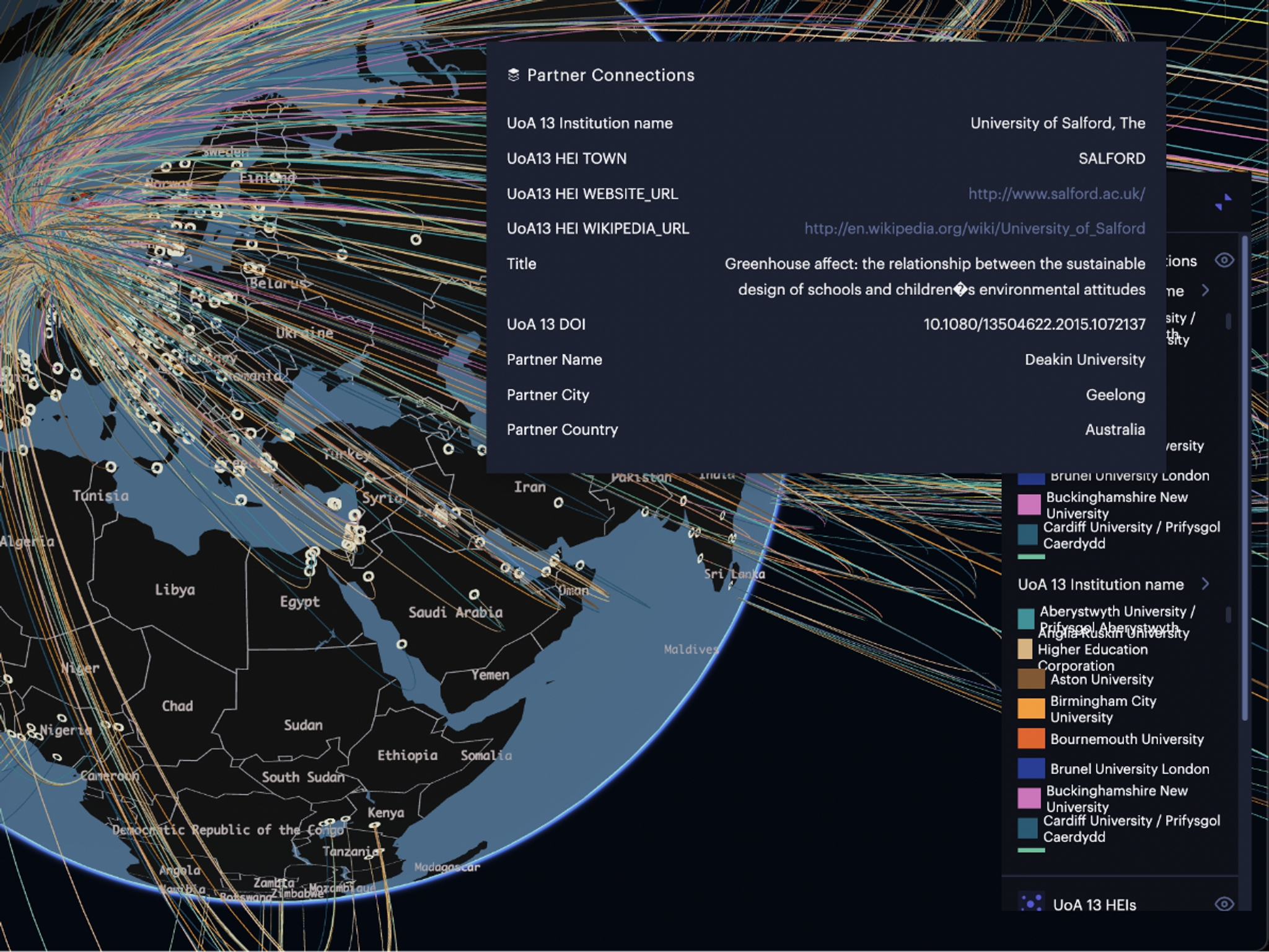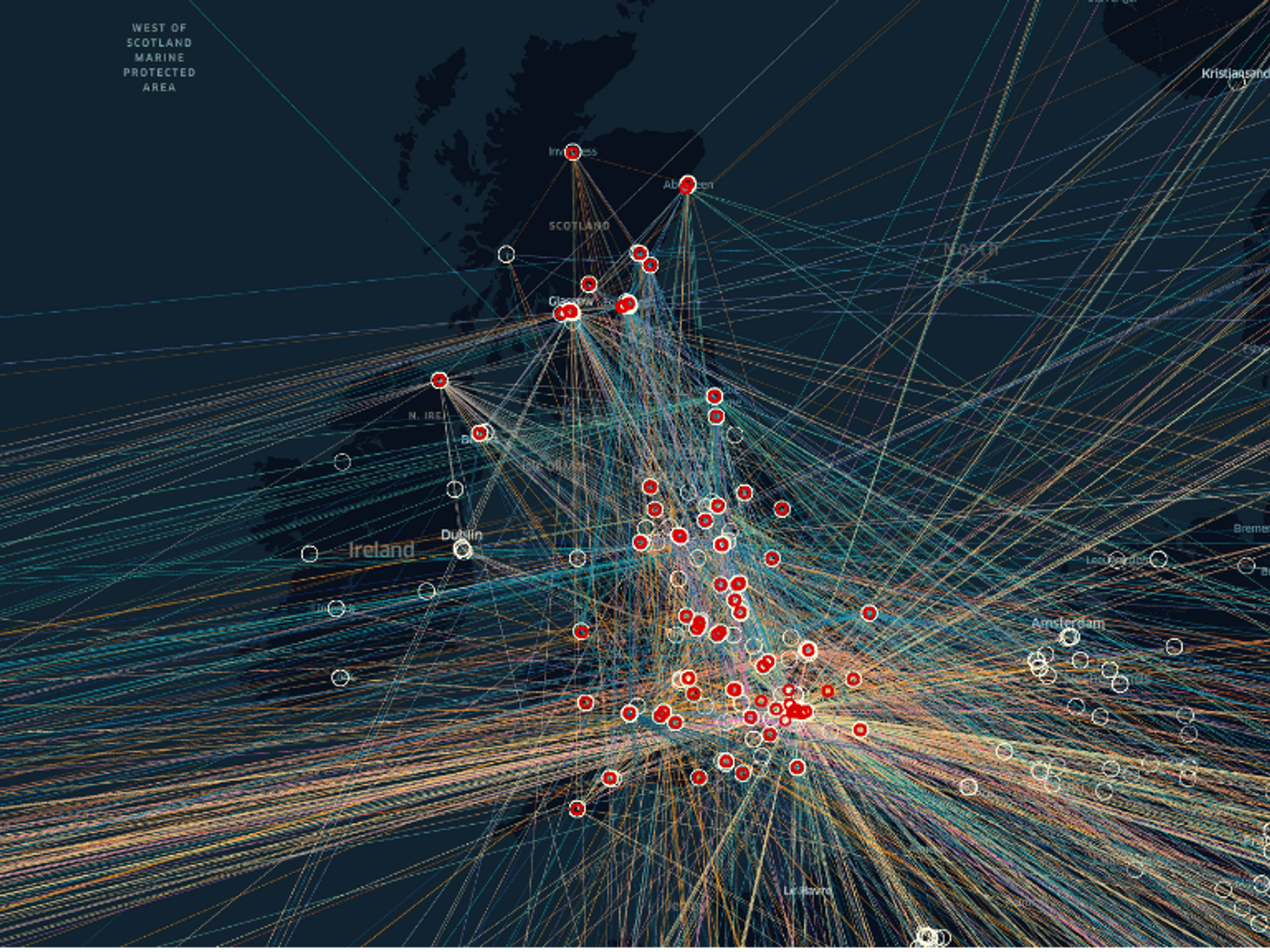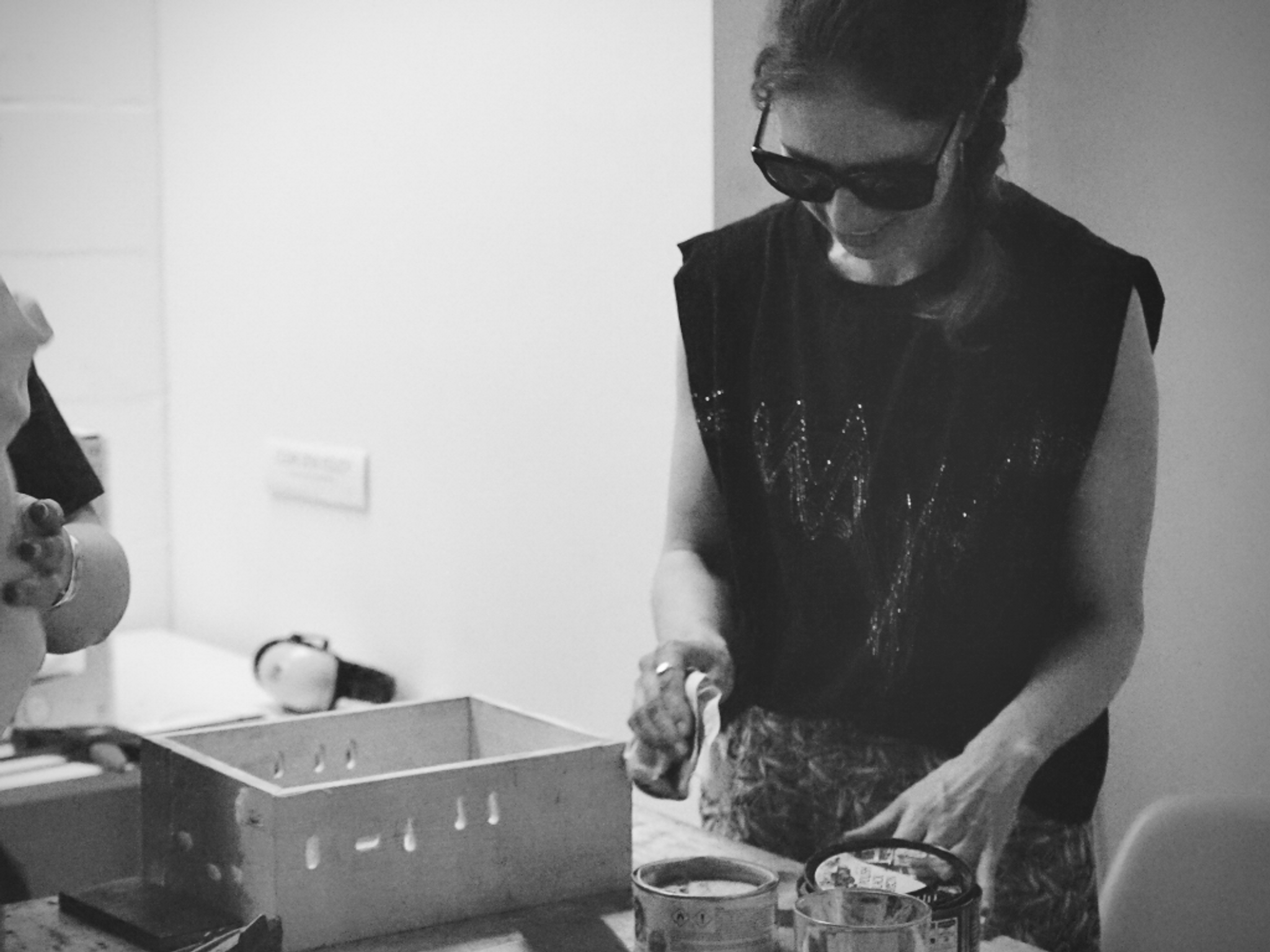Research partnerships are vital for the built environment

Using secondary data, we were able to join the details and locations of collaborators in our REF submission. These visualisations are representations of this data, showing a connection line between each higher education institution in the UK and the global location of their partners
What kind of change and impact does The Bartlett create globally? How does our research connect with the most important issues the world is facing? How should we learn from the progress and success of our staff and students? And what role does research in the built environment play in the lives of people around the world?
2022’s publication of the Research Excellence Framework (REF) 2021 results provides an opportunity to celebrate and reflect on how we create a supportive environment for research and impact. The REF is an exercise undertaken every seven years by the UK higher education funding bodies, assessing the research quality, research impact and research environment of all higher education institutions.
The Bartlett is the UK’s largest faculty of the built environment and REF 2021 confirmed our unique breadth and excellence, and deemed that this is where the UK’s most ‘world-leading’ and ‘internationally excellent’ built environment research is undertaken.
The Bartlett’s sector knowledge and data analytics expertise give us unique tools to analyse these results and future opportunities. Using the datasets that each higher education institution submits to REF 2021 and linking these to secondary, complementary datasets, we are undertaking a process of understanding the ways in which our research develops and creates change. We are finding that research excellence is founded on ideas of partnership and on the diversity of people, perspectives and ideas.


The case studies that The Bartlett submitted to the REF highlight our diverse impact. This includes studies on, for example, how The Bartlett Development Planning Unit’s research partnerships with cities in the Global South managed risk and are creating fairer, more sustainable and climate-resilient environments, as well as how researchers from The Bartlett School of Environment, Energy and Resources developed a model to identify which sectors of UK industry should be decarbonised first – and how fast – for the UK to cost-effectively meet its emissions targets.
Using UKRI’s Gateway to Research database, we can start to quantify the reach of our research. For example, one of our REF case studies, led by Professor Paul Ekins, included24 named investigators, partnered with 46 organisations and 151 different collaborators from across the world. This is alongside producing over 500 outputs – including creating publications and influencing policy development in ways such as participating in advisory committees and giving evidence to government reviews.
We can also see the huge diversity of partnerships and collaborations across all higher education institutions in the UK focusing on the built environment. Using secondary data we were able to join the details and locations of collaborators to 85% of the outputs submitted by higher education institutions related to the field of architecture, built environment and planning. This showed that there were 1013 unique partners, spreading far and wide across the world. While this data is just a snapshot, it shows that interdisciplinarity and partnership working are fundamental to making the built environment field a thriving source of study and impact.


The Bartlett draws on its disciplinary breadth to create a research environment that is founded on thoughtful and reflective partnerships, diverse ideas and people, and that supports all staff and students and their rich range of research interests. But we must also acknowledge that with our profile there is more to be done to fully to support a diverse research environment that nurtures researchers and partnerships. Data points to gaps in our partnerships in some parts of the world and also locally, and an imbalance in representation for staff and students from racialised minorities and ethnic minorities in our research and impact work. Our impact case studies highlight excellent relationships with policy makers, but do not adequately celebrate the community, public, and business engagement that happens across the Faculty.
The period after REF 2021 is a time for The Bartlett to challenge perspectives of ‘excellence’ in our research. This is an intellectual and a practical challenge stemming from our philosophy of what we do and how we do it. At the heart of the matter is the firm assertion that The Bartlett can only excel when it integrates with local and global partners, and works with them to serve their needs.
In parallel, the research environment we create also needs to empathise, understand and respect the differing needs of researchers and their disciplines, and support staff and students to define and achieve ‘excellence’ as appropriate for themselves and their partners. It is a complex area of the academic landscape to navigate and calls for participants to listen and converse in new ways and with new partners. But the impetus is there: our researchers are tackling some of the biggest challenges in the world and we are committed to supporting them to do so. Together, we will build a better future by continuing to support a flourishing and diverse research environment and strengthening our local and global partnerships.




